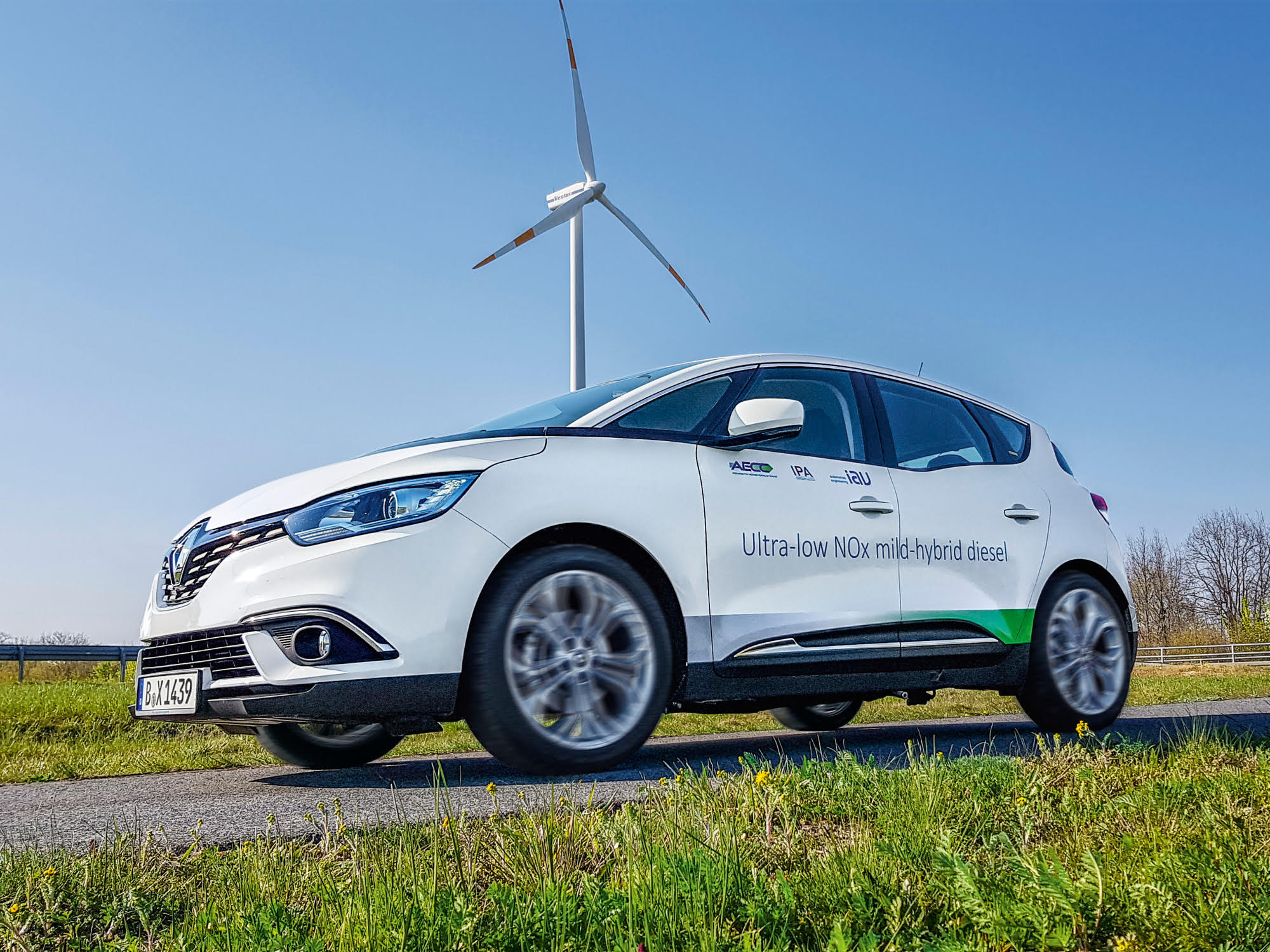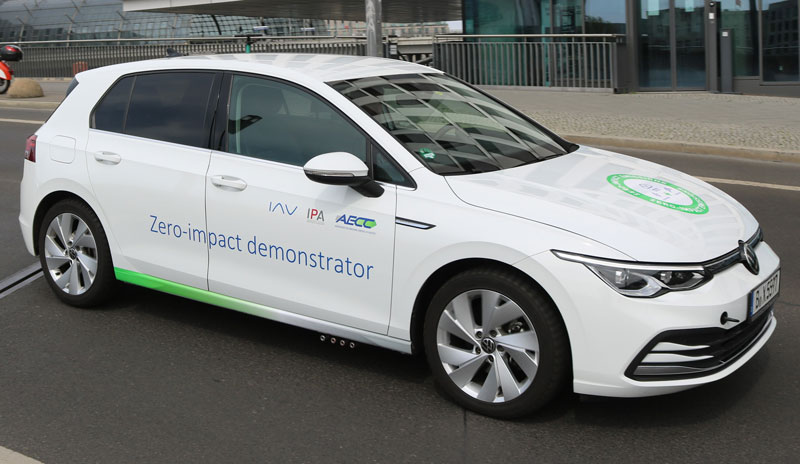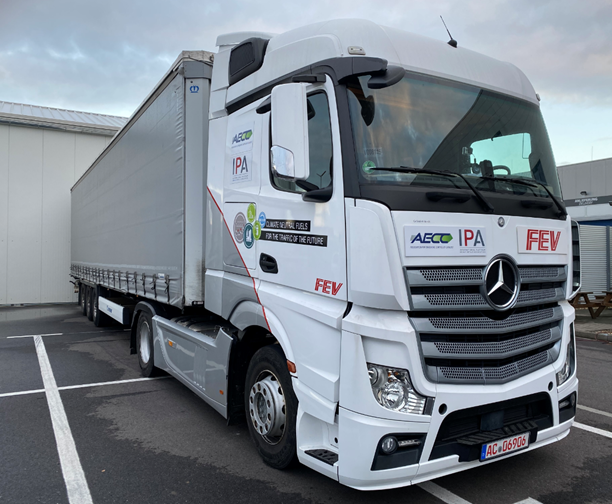Status of Euro 7
The European Commission Euro 7 proposal was published on 10 November 2022.
On 18 December 2023, the European Parliament and Council reached a provisional agreement on the new rules.
On 8 May 2024, Regulation 2024/1257 was published in the Official Journal of the European Union
and entered into force on 28 May 2024. The European Commission now also needs to develop secondary legislation.
AECC appreciates the co-legislators continuously worked on the swift adoption of Euro 7, to reach this agreement before the EU elections in June 2024.
However, the overall Euro 7 ambition with regards to exhaust emissions is disappointing.
For cars and vans, the provisional Euro 7 agreement even settles with Euro 6 limits and test conditions for exhaust emissions, without further reductions in cold-start emissions. For trucks and buses, Euro VI test procedures are kept, with the exception of adjusting the low-power threshold. Limits are reduced, but this will not fully address significant shortcomings for cold-start operation in urban environments.
Euro 7 consequently falls short as a supporting tool for better air quality in European cities. Millions of vehicles with internal combustion engines will be sold in the next decades and these will not contribute to air quality improvements. Emission control technologies are available to further reduce emissions and there will be no incentives to bring these to the market.
AECC remains committed to contribute to development of the secondary legislation. Given the weak ambition of Euro 7, AECC calls on the European Commission to consider reviewing its effectiveness and appropriateness to meet future EU air quality rules. AECC feels such review should as well be linked to the timing of light- and heavy-duty vehicles’ CO2 emissions standards reviews. Particularly as the agreed CO2 standards influenced the outcome of the Euro 7 discussions, whereas climate change and air quality are two distinct topics that can be addressed simultaneously.
AECC already demonstrated this on three demonstration programmes.
Selected material on the demo programmes can be found below.
Light-duty diesel

Light-duty gasoline

Heavy-duty diesel

The conclusions of these demonstration programmes are:
- It is possible to widen testing parameters to better capture emissions resulting from driving in different conditions
- The technology required to further reduce emissions from light- and heavy-duty vehicles is already available
- This technology could be fitted to new cars at relatively low cost
- Well-to-Wheel CO2 can be reduced simultaneously using sustainable renewable fuels
This is summarised in a fact sheet that can be found here
AECC’s position papers, statements and comments on Euro 7 can be found here
Legislation in other world regions:
Following graph compares the different HC + NOx limits for lab and road testing.
For heavy-duty vehicles, the EPA proposed new standards in December 2022. Arnberger et al.1 made following comparison.
1 Arnberger, et al. Future Challenges and Technology Approaches for EU and US for Commercial Vehicles, Baden-Baden International Engine Congress, 2024
A direct comparison of stringency of emissions legislation between world regions is not possible, as rules are determined by the combination of limits and test conditions which are different in each region.
However, the overview below shows that with weak Euro 7 emission standards for exhaust from light-duty vehicles, Europe missed an opportunity to take the lead on other regions regarding stringency of pollutant emissions legislation. It is clear that a review of this part of the Euro 7 legislation will be needed for European rules to again serve as the benchmark for other emissions legislations around the world. This is required as well to ensure that research, development, innovation and employment in the automotive sector industry are maintained in Europe.
On 20 March 2024, the United States’ EPA proposed new multi-pollutant emissions standards for light- and medium-duty vehicles for model years 2027 and later. The NMOG + NOx fleet average standard for light-duty vehicles will reduce by 50% from 30 mg/mi in 2025 to 15 mg/mi in 2032. For an individual vehicle, the highest certification bin is ‘bin 70’, i.e. max. of 70 mg/mi NMOG + NOx.
China 6b limits are already lower than Euro 7 limits. This is currently in combination with a higher conformity factor for real-world testing. The ambition is expected to increase because Chinese authorities have launched the process towards China 7. In this context, AECC presented on
light-duty and heavy-duty during a meeting with the Vehicle Emissions Control Center (VECC) on 26 and 27 March 2024 in Chengdu.